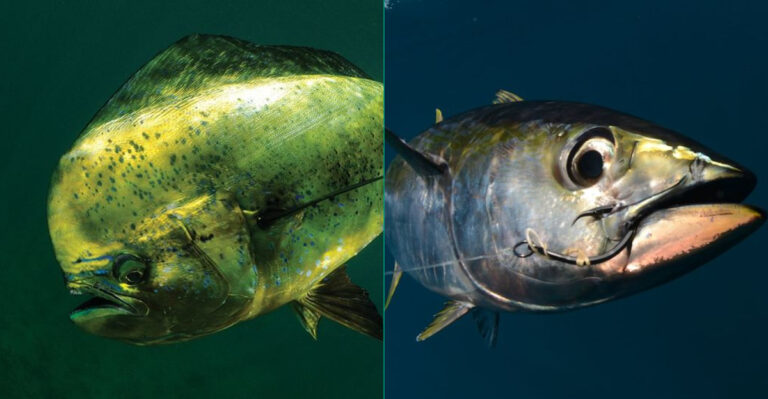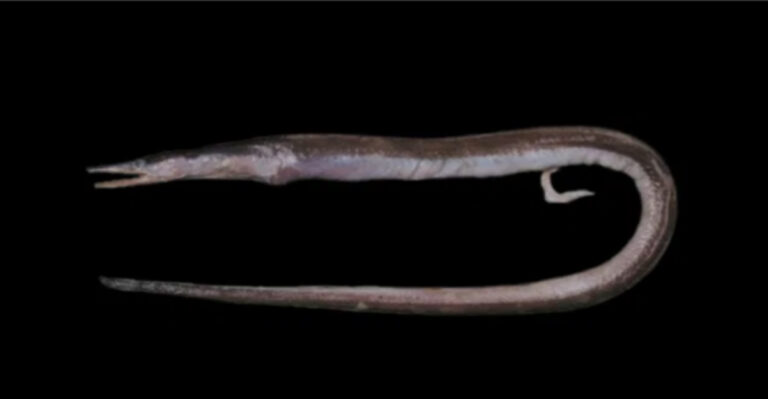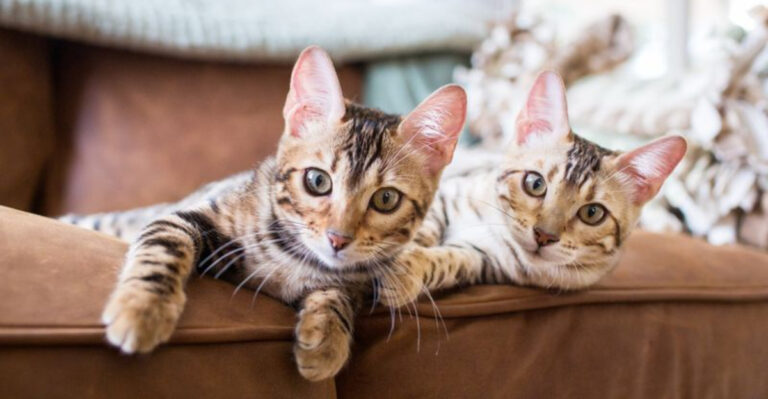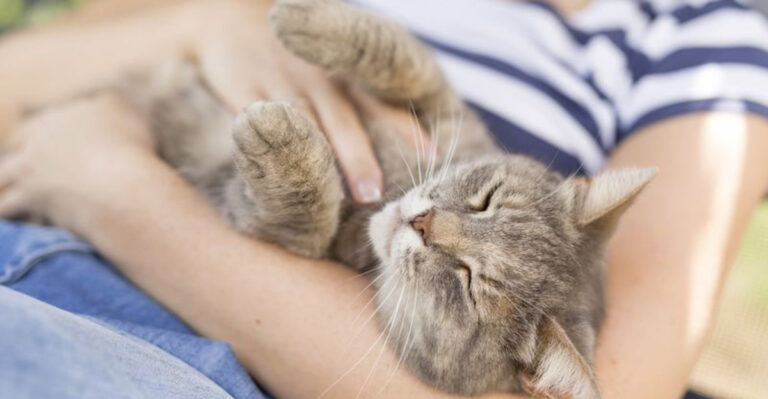How Long Do Baby Birds Stay In The Nest? 15 Facts You Didn’t Know
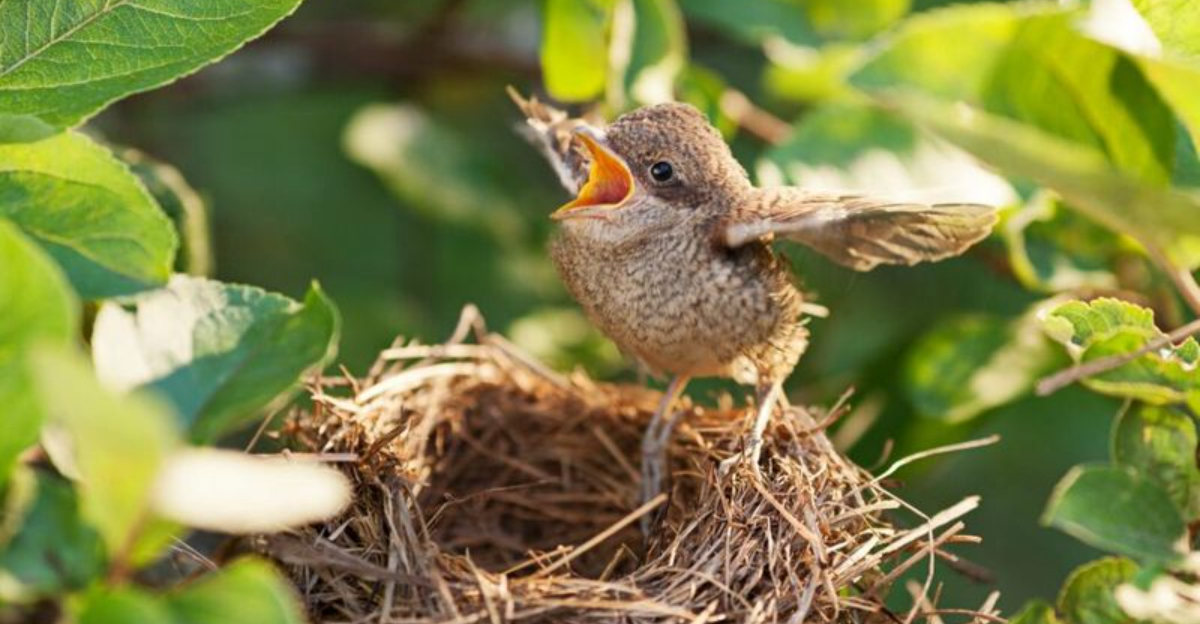
Ever wondered how long those tiny feathered babies stay in their cozy nests before taking flight? The answer isn’t as simple as you might think!
Different bird species have dramatically different nesting periods, ranging from just days to several months. Understanding these timelines gives us a fascinating glimpse into the incredible world of bird development and parenting strategies.
1. Speedy Flyers: House Wrens Leave In Just 15-17 Days
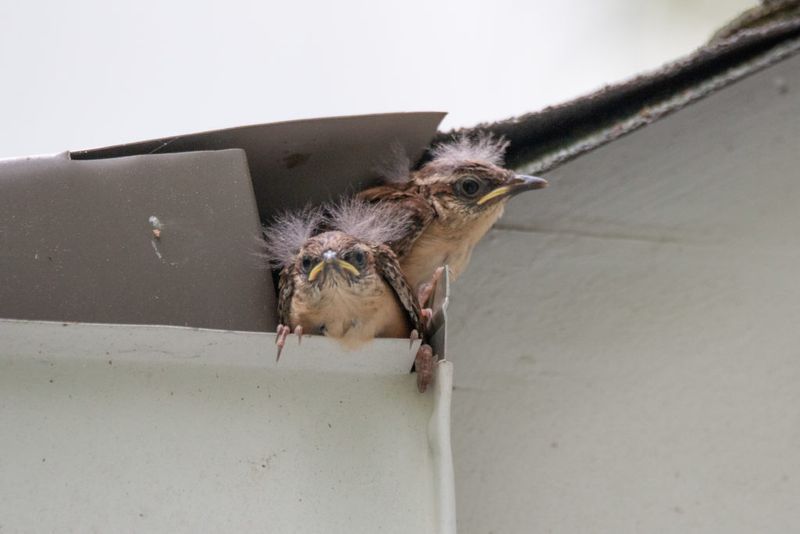
Tiny but mighty, house wren chicks are development speedsters! These little bundles of energy grow at an astonishing rate, transforming from helpless hatchlings to flight-ready fledglings in just over two weeks.
Their rapid growth is a survival strategy in the wild, where predators constantly threaten nest safety. The sooner they can fly, the better their chances of survival!
2. Marathon Nesters: Bald Eagles Stay Home For 10-12 Weeks
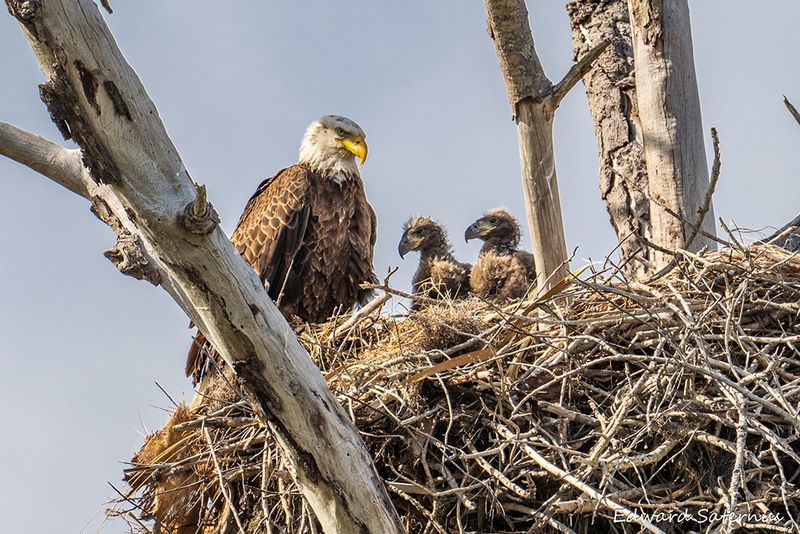
America’s national bird takes the slow-and-steady approach to growing up. Young eagles remain nestbound for nearly three months, developing the strength and skills needed for their impressive 7-foot wingspans.
During this extended nest time, parents deliver meals while youngsters practice wing-flapping exercises that build flight muscles. Talk about a lengthy childhood!
3. Nest Hopping: Robin Babies Leave But Stay Nearby
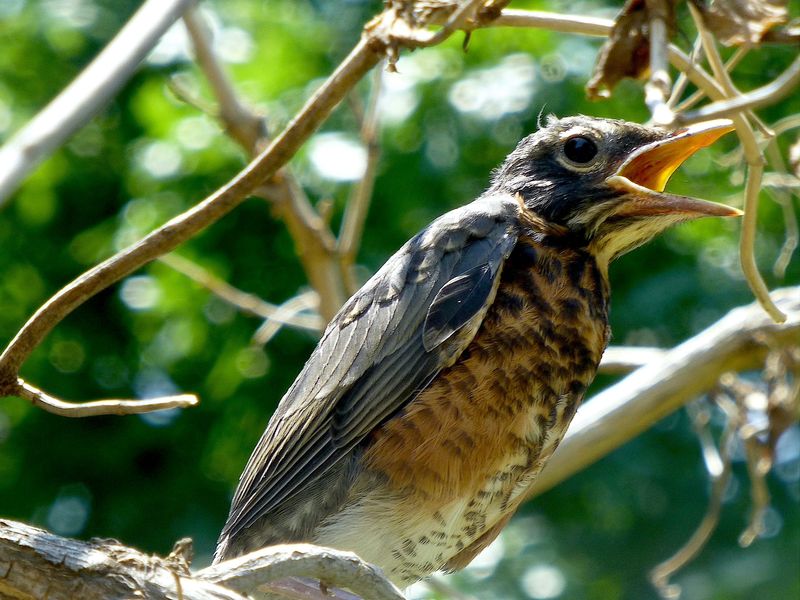
Surprise! American robin fledglings actually leave their nest at just 13 days old – but they’re far from independent. These youngsters hop to nearby branches and continue begging for meals from mom and dad.
This “branching” phase gives them practice moving around while still receiving parental protection. Ground-dwelling fledglings remain under parental care for weeks after leaving the nest.
4. Parental Paradise: Albatross Chicks Stay For 9 Months
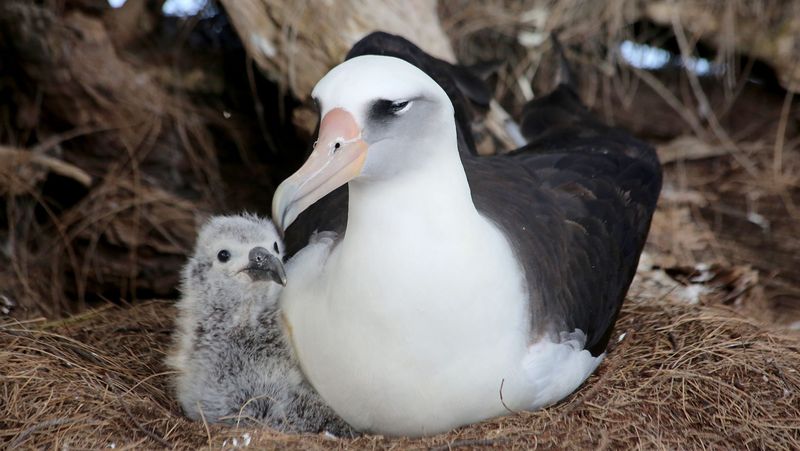
Talk about patience! Albatross parents invest nearly a year raising a single chick on their isolated ocean islands. These seabird youngsters grow incredibly slowly while developing their massive 11-foot wingspans.
Parents make marathon feeding trips, sometimes traveling 2,000 miles round-trip to gather food. When the chick finally leaves, it won’t touch land again for 5-10 years – spending its entire youth soaring over open ocean!
5. Nest Builders: Baby Birds Grow Different Nest Types

Not all nests are created equal! Cup-nesters like robins and finches typically leave fastest (10-15 days), while cavity-nesters like woodpeckers and bluebirds stay longer (18-21 days).
The most protected bird homes are burrow nests, where puffins and kingfishers develop for 35-60 days in underground safety. The nest design directly influences how long babies can safely develop before facing the outside world.
6. Fast-Track Flyers: Killdeer Chicks Leave Within Hours
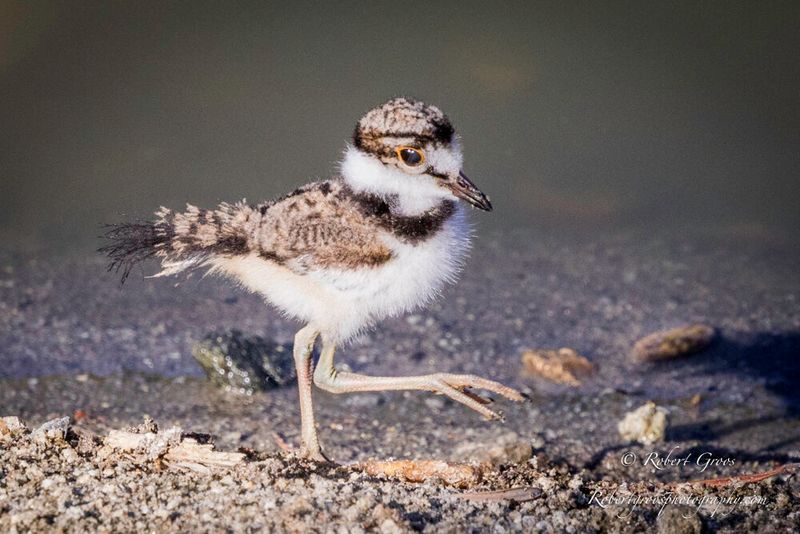
Ready, set, go! Killdeer babies hold the speed record for nest departure – leaving just hours after hatching. These precocial shorebirds emerge fully feathered and ready to run.
Parents don’t feed their babies directly – instead, they lead them to feeding areas where chicks pick insects themselves. Despite their independence, killdeer chicks stay with parents for protection for several weeks while mastering survival skills.
7. Weather Wonders: Temperature Affects Nest Time
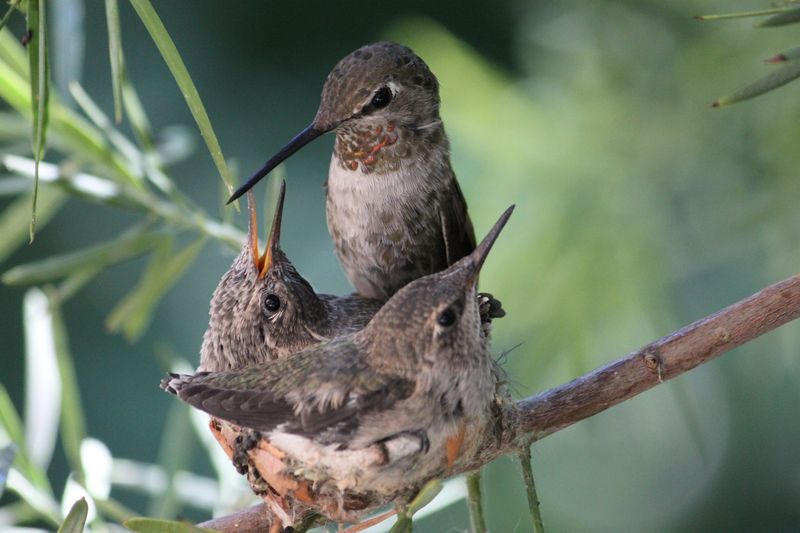
Mother Nature plays a big role in bird development! During unusually cold springs, nest stays extend by 2-4 days as chicks need extra time to maintain body heat instead of growing feathers.
Heatwaves create the opposite problem – nestlings may leave prematurely to escape overheated nests. Smart bird parents build nests facing east in hot climates to avoid afternoon sun, helping babies stay comfortable during their crucial growth period.
8. Sibling Rivalry: Hatchling Age Differences Create Varied Departures
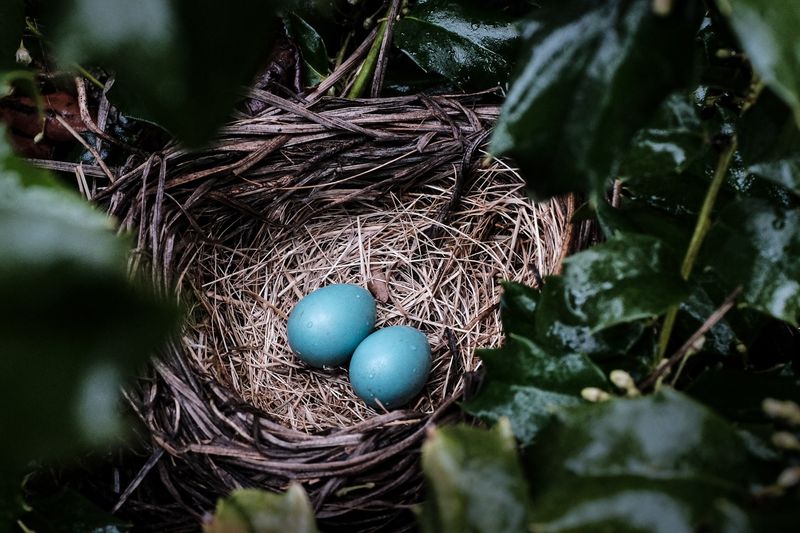
First-laid eggs get a head start! Many birds begin incubation before completing their clutch, creating age differences between siblings. The oldest chick might fledge up to four days before its youngest nestmate.
This staggered departure spreads out the intense parental care needed during the dangerous first days outside the nest. For predator-vulnerable species like cardinals, this strategy increases overall family survival chances.
9. Apartment Living: Colonial Nesters Create Bird Daycares
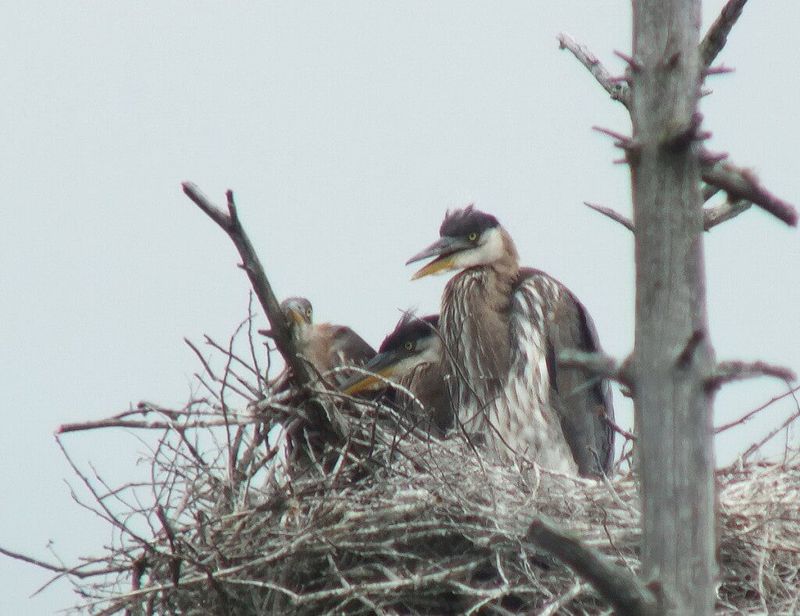
Safety in numbers! Colonial nesters like herons and egrets build massive nest clusters where hundreds of babies develop together. These bird “apartments” allow older chicks to wander between nests, creating natural daycare systems.
Youngsters often gather in groups called crèches while parents feed, providing safety through numbers. These social birds typically stay in nests longer (3-4 weeks) as they develop complex social behaviors alongside physical growth.
10. Return Visits: Some Fledglings Come Back To Sleep
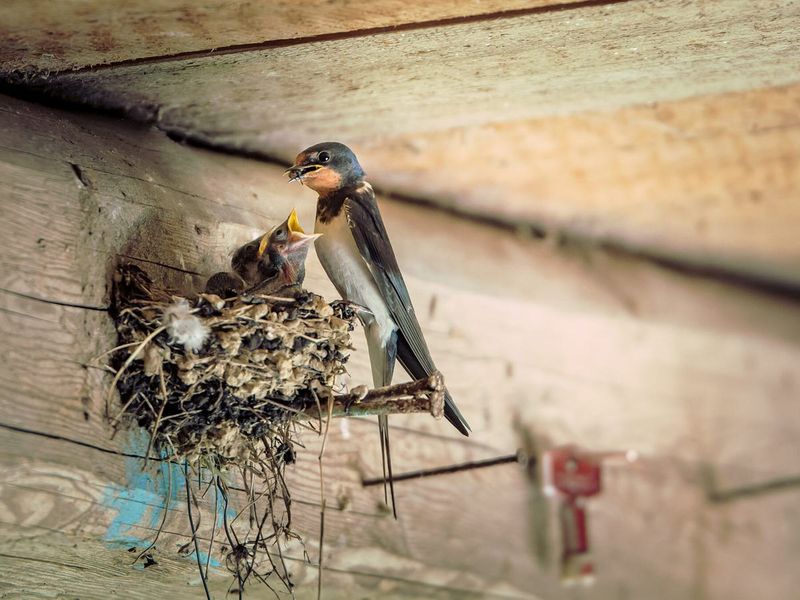
Home sweet home! Many newly-flown birds return to their nests for nighttime sleeping during their first week of independence. This surprising behavior gives fledglings a safe haven while they’re still mastering survival skills.
Barn swallows are champion returners, with entire families squeezing back into the nest each evening for up to two weeks after fledging. The familiar nest offers protection from predators and weather during vulnerable twilight hours.
11. Nest Helpers: Some Species Have Babysitters
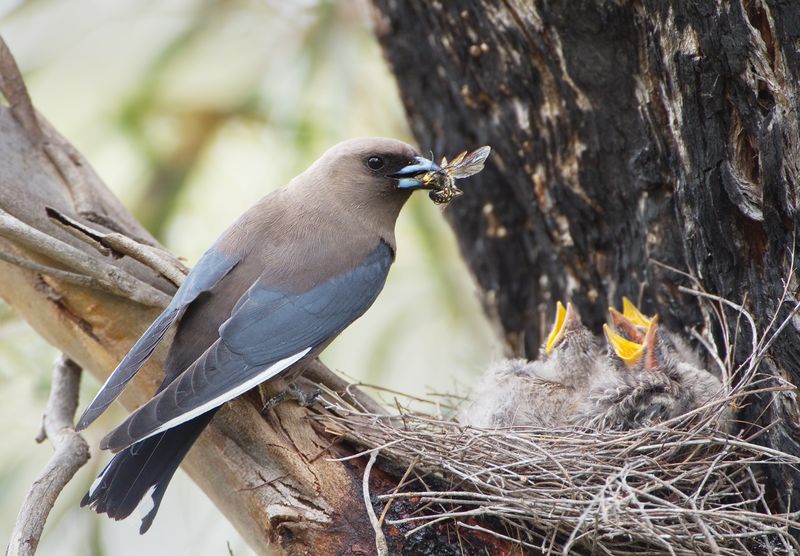
Family affairs! In cooperative breeding birds like Florida scrub-jays and acorn woodpeckers, older siblings stick around to help raise their baby brothers and sisters. These feathered babysitters bring food and protect the nest.
With these extra helpers, nestlings receive more food and protection, often staying in nests 3-5 days longer than similar species without helpers. This extended development creates stronger, more successful fledglings with higher survival rates.
12. Danger Zone: Most Birds Don’t Survive Long After Leaving The Nest
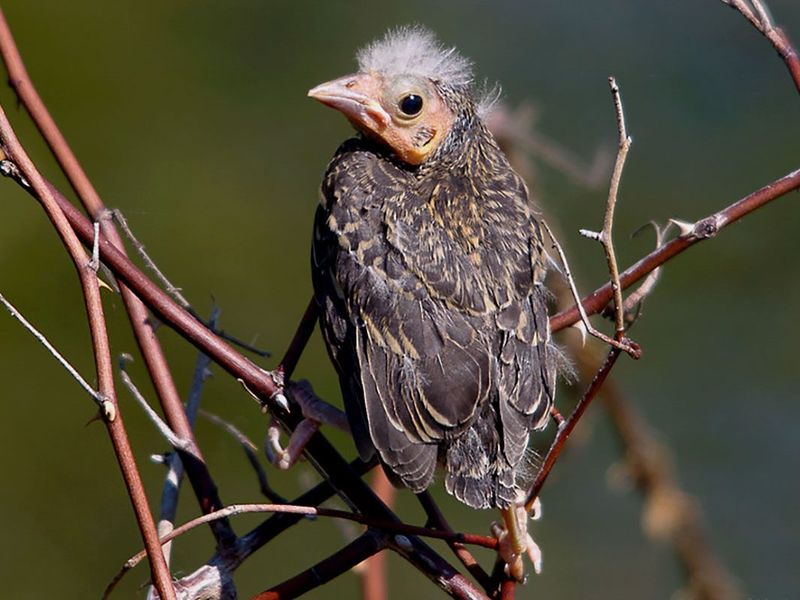
The first 24-48 hours outside the nest are the most dangerous time in a bird’s life. Though they can flutter short distances, fledglings lack the flight skills to escape predators effectively.
Parents frantically try to feed and protect scattered youngsters during this critical period. The survival statistics are sobering – depending on species, 30-70% of fledglings don’t survive their first week of freedom despite weeks of careful nest preparation.
13. Pushing Boundaries: Parents Sometimes Force Fledging
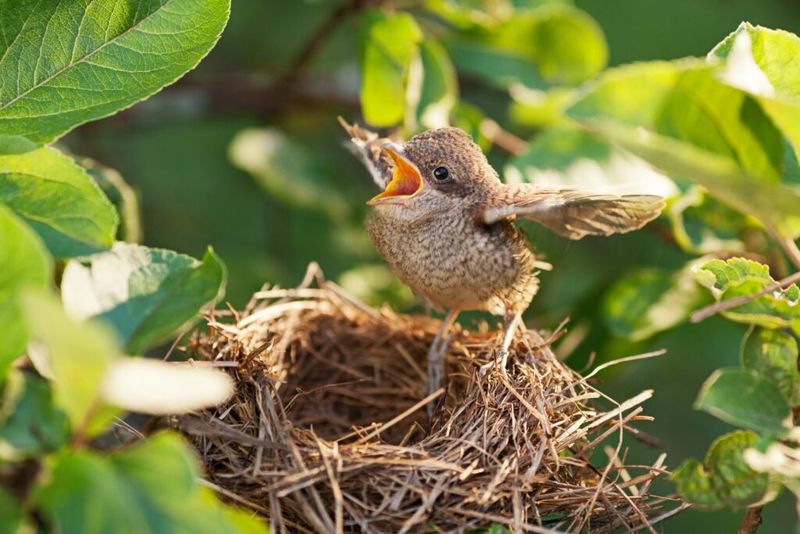
Tough love in the bird world! When nestlings linger too long, parents may reduce feeding or stop nest cleaning to encourage departure. Some species like great horned owls even perform “tough love” by perching nearby with food, making hungry babies venture out.
This seemingly harsh behavior actually benefits offspring by preventing predators from discovering an occupied nest and encouraging proper muscle development through necessary movement.
14. Brainy Birds: Corvids Have Extended Childhood Development
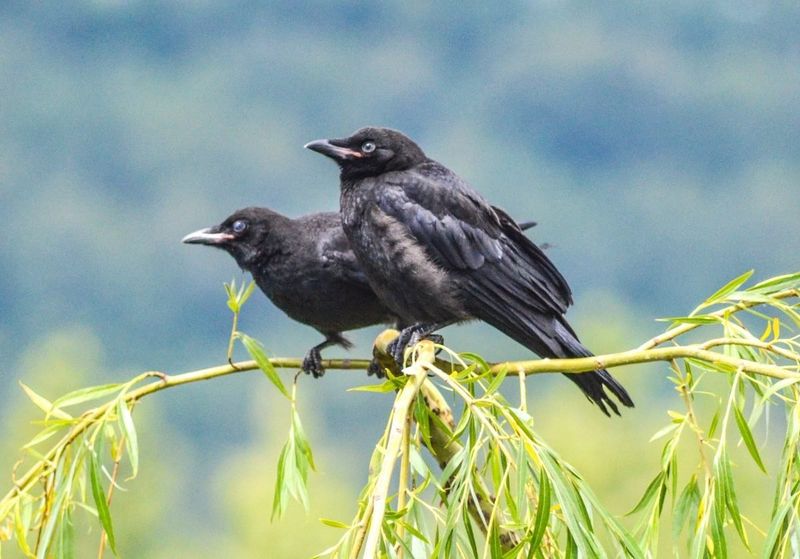
The Einstein’s of the bird world need extra time! Crows, ravens and jays – members of the intelligent corvid family – have among the longest nest-to-independence periods of any birds.
Young crows remain with parents for up to six months after leaving the nest at 30 days old. This extended learning period allows these problem-solving birds to master complex skills like tool use and facial recognition that their remarkable bird brains can handle.
15. City Slickers: Urban Birds Leave Nests Earlier
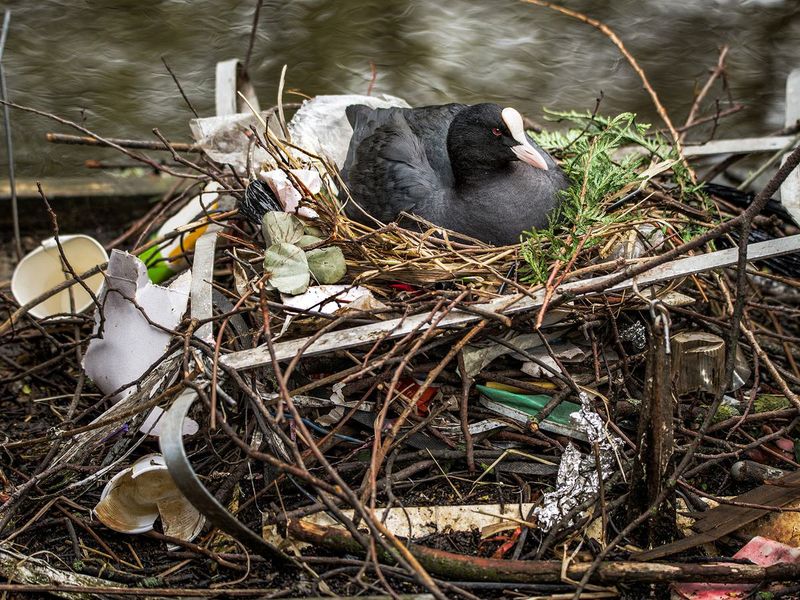
Bright lights, big challenges! Research shows urban birds typically fledge 1-3 days earlier than their rural counterparts. The constant noise and light pollution triggers stress hormones that accelerate development.
City nestlings grow faster but weigh less at fledging than country birds. While early departure might seem advantageous, these rushed fledglings have lower survival rates. Human development is literally changing how long birds spend in their childhood homes!

